Communicating Practice
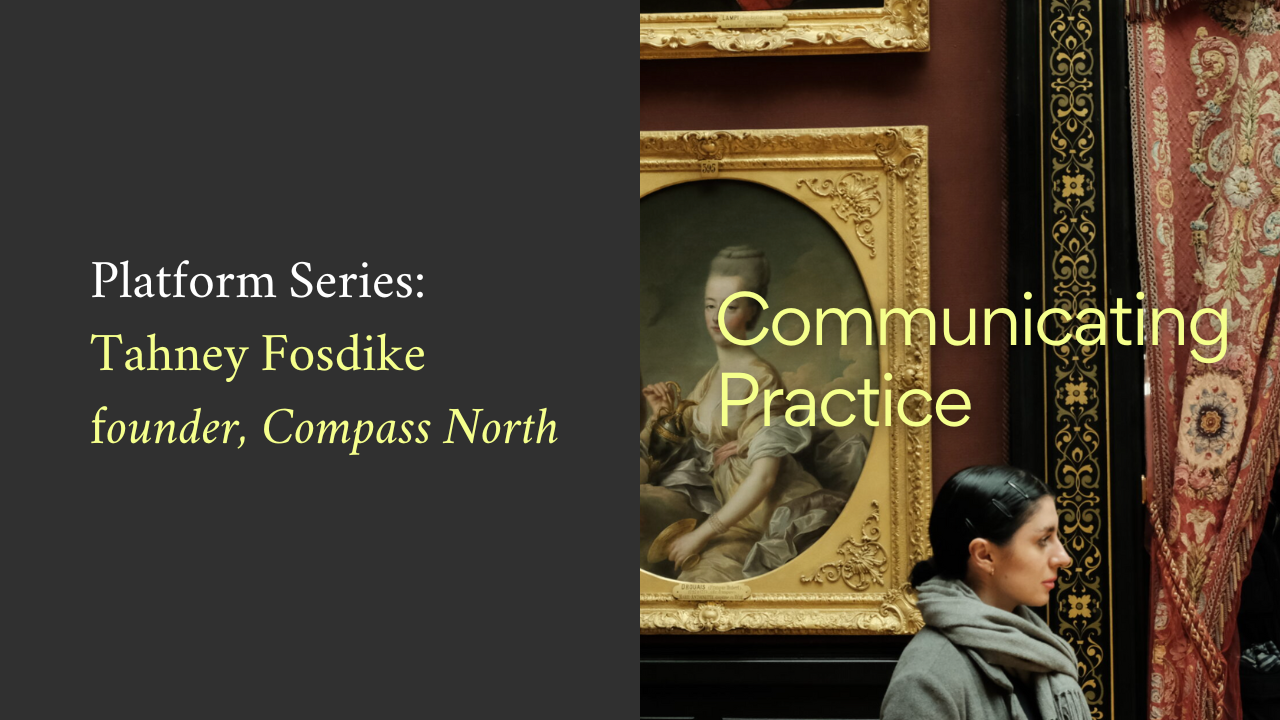
Clear, thoughtful communication shapes how art reaches audiences, and Compass North places this work at the centre of creative practice. Founded by arts writer and curator Tahney Fosdike, the studio supports artists, galleries and cultural organisations with writing, strategy and messaging that reflect the depth and intent of their work.
In this Platform Series, we chat with Tahney about the evolution of Compass North from a solo practice to a collaborative model that partners with clients globally. We explore the gaps she identified in an overstretched sector, the growing need for artist centred communication in a rapidly shifting digital landscape, and why accessible, grounded language builds stronger connections with communities, collectors and institutions.

What inspired you to start Compass North?
One steamy, lazy Saturday morning shower, I thought, oh yes, of course I’ll do this.
I’d worked in the sector for a decade and hated how overworked small teams and solo artists were expected to do it all. I wanted to help get their writing and marketing done. I was also about to move to France, and it made sense to merge my background in arts writing, media and comms like this.
At first, it was just me: Tahney, the arts comms freelancer. Then I officially launched Compass North in 2024 as the umbrella for my services and to collaborate with other creatives for things I can’t do (for instance, translating grants into German!).
Three years after my shower, I have a cool roster of artists, galleries, and creative orgs, helping them share their work with the world.
How did your background in writing and curating shape its direction?
It’s shown me, from every angle, how we talk about art matters.
I did a Masters in Art Curatorship, and after curating a few shows, sequestered my practice into art criticism. So, I’ve had a view into what it takes to exhibit and promote art from a curator’s POV, and what it feels like to experience art on the other side, as a writer. Both have had me connect with so many different ways of making and thinking.
I bring all this lived-in sensibility to the artists and galleries I work with. If we’re doing a PR campaign, I know where to match their themes with the right art media and arts writers. For something conceptual, like an artist statement, I draw on fun and poetic styles I’ve seen to play with form, rather than making something dry just to tick a box.
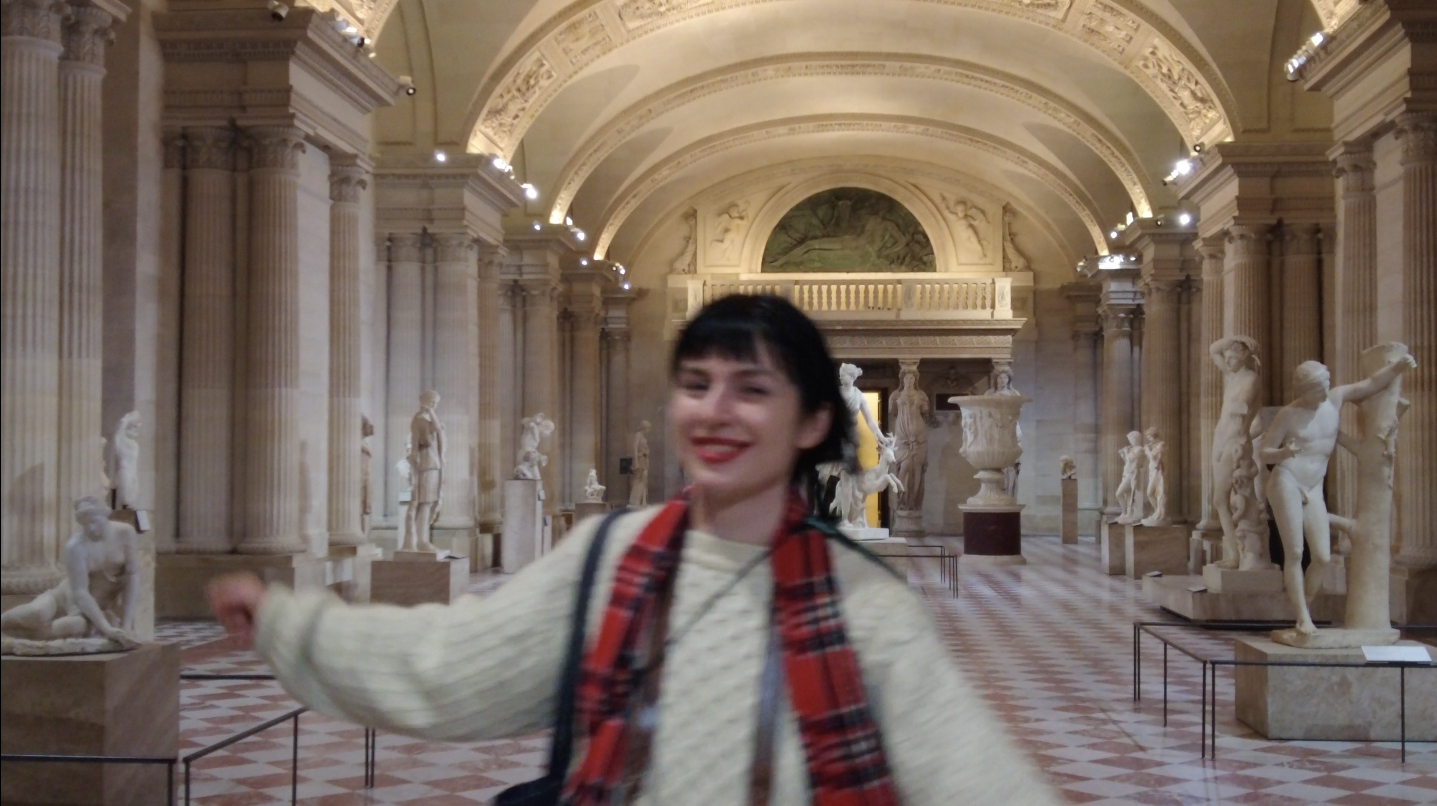
What gap did you see in the sector that Compass North aims to fill?
There are so many gaps for dedicated support that recognise the creative and structural realities of artistic work and the art industry. I’m just filling one of them.
Artists may not know that they can work with art writers, or feel they need a certain level of success or gallery representation to access that support. Last year, I was at a fair with two artist friends: one complained about residency applications, and the other said she’d used an arts writer to get her last grant and, cough cough, that’s what Tahney does. Our other friend had no clue she could work with a writer in such an accessible and practical way. As an arts writer, I’m here, primarily, for artists and art, not bylines. Wherever they’re at, they can call on me for writing, marketing or advice that’ll nourish their practice and careers.
For art orgs, it’s similar. They’ll happily outsource design, photography, web development, etc., but written communications often land on staff already stretched thin. Reality is, unless you have a full marketing team, there’s no way to do it all. In fact, it’s often those with marketing teams who know they need external writers for their projects to shine. I prop these teams up, knowing how they operate, bringing both creativity and strategy, to make sure everything, from reports to socials, is thoughtfully and thoroughly done.
How do you define arts communication, and why is it such an essential part of creative practice?
It’s the storytelling that makes art visible, which is central to, and an extension of, a creative practice. It’s a way to present the artist and their ideas through messages that others – communities, collectors, institutions – can engage with and respond to. It’s promo, but not in a "corporate" way. Because it’s also nourishing to mediate and speculate on your art by articulating it through language. Every time you create a text, you’re building an archive to refer and reflect upon over the years (sorry–archive is a bit of a buzzword. Think of it like looking back on your diary and seeing what has changed and what has stayed the same as you’ve moved through life).
What does Compass North offer that’s different from a typical PR or communications agency?
I want to talk about art, not KPIs.
Most comms or PR agencies approach clients from a capitalistic perspective (#sales), without understanding how the art world works. In past gallery and museum roles, I inherited contracts from non-arts service providers, and it often felt like a battle of ignorance rather than a party of good ideas (not their fault, but my upper management who hired them). The arts obviously have to make money to exist, but they also need to get more than that out of their comms and PR.
My studio is embedded in both the industry and the real-world, without ever compromising the integrity of creative ambition. I focus on the artist’s intent and how it intersects with culture, social impact, and curious communities. As I seek out visibility for artists and art orgs, sharing their ideas is just as meaningful as artwork or exhibition ticket sales.
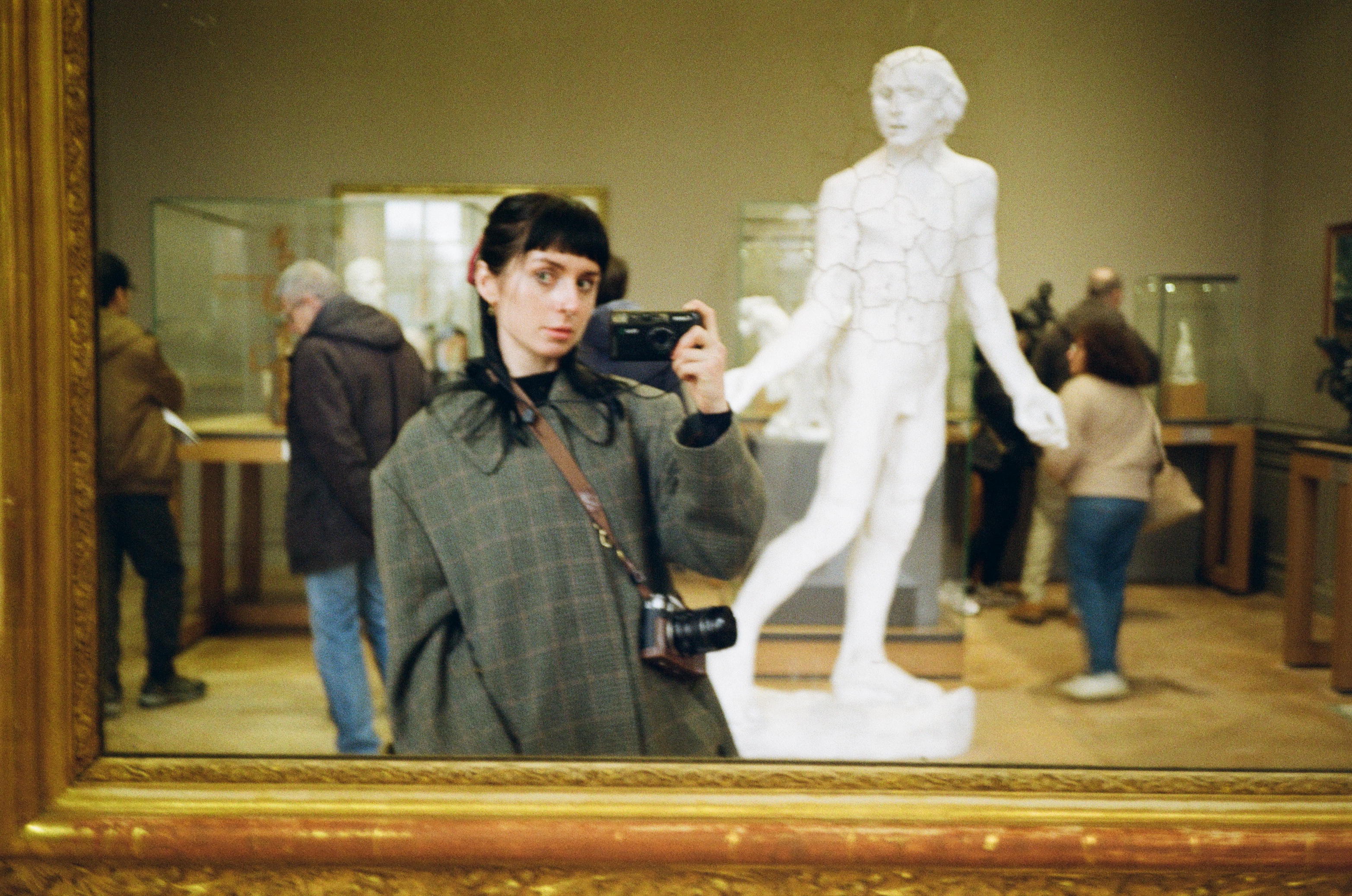
Collaboration is central to Compass North. How do you work with artists and arts organisations to develop their message?
My core collabs are with my artist and art worker friends. I’m always picking their brains to find out what’s going on: are they finding grant writing workshops useful? What’s the trickiest application they’ve worked on recently? What article have they loved or hated and why? Knowing them lets me collaborate with my clients, who are also my peers, as personally as I can.
When I work with artists, it’s often the first time they’ve verbalised their practice. They’re drawing blood from a stone and I’m their quasi-psychologist. Whatever we’re working on, I’ll do an informal interview with questions that induce a brain dump: a place to pour thoughts and notes without sounding refined. This is also a moment to get a sense of the tone and style they want. Some artists want the jargon, some want words as clear-as-day. I take, interpret, and refine this all into messaging; artists can be as hands-on-or-off in the editing process, too.
You won’t be interested, though. It’s production. I’m sure you only do strategy, a director, who was hunting for a marketing manager, told me at an opening in Paris recently. Pas vrai, I told her. Every project has its own shape, but I often partner with arts orgs in one of two ways. One: we jump on a retainer and act as we go – consulting, writing, outreach – to get the most out of it. Two: I’m called on repeat, like writing advertorials for a festival once a year or doing big batches of social media for a dance studio every month, so they always have good content ready.
Side note: Before working together, artists and arts organisations often ask about my writing style, but I’m here to mirror their vision and oeuvre, not impose mine (I have my own practice for that). Creative practices and projects are so diverse. I’m equally open and responsive.
You work internationally across several time zones. How does the remote, asynchronous model benefit your clients?
Remember a few years back when we all thought remote work was the future? I still think we do our best working together when we have our own freedom.
The arts industry is busy, busy, and often bleeds out of the 9–5 anyway. For arts orgs, an asynchronous model keeps things chugging: they’ll wake up to my texts, have the day to review and send thoughts back, knock off, and then I’ll edit as they sleep, etc. It’s handy and, I hope, reduces stress on their side. Then, whether an artist is local to me or not, I have no idea where they are and when they’re working. They might be parents or work day jobs or be away on residency. My flexibility matches their irregular schedules. We cross-over in a fluid way.
I often think about how most of my clients only know me via email, and between emails, there’s silence. Living between two major, but very different, art cities (Paris and Melbourne), means I’m often plunging deep into a myriad of references. I’ll go see a parallel exhibition to understand where the artist I’m working with fits into their medium today. I’ll go to an art fair with friends who are wiser in the art market to relate to my blue-chip clients better. I might be cozying up in my studio with my bunny, in a café in Italy, or on a train to wherever, all these places giving me more aura to write than a single office ever could.
If anything, I want artists and arts orgs to know that I’m zealous about living a life stuffed not only with art but with all forms of cultural nutrition. This mix of mobility, contemplation and connection feeds everything I do with them.
What are the most common challenges artists face when writing about their work?
Lack of time, knowledge, and confidence.
It’s a complex task to write about art, especially your own. Artists often feel overwhelmed trying to explain the experiential, emotional, and conceptual aspects of their work in language that is precise, clear, and compelling. They also worry about their practice being compromised to fit into an arts organisation’s expectations, like for grant criteria or marketing materials. They’re also often unsure what details to include or leave out, how to adapt texts for various formats, or how much time to spend planning, writing, and revising.
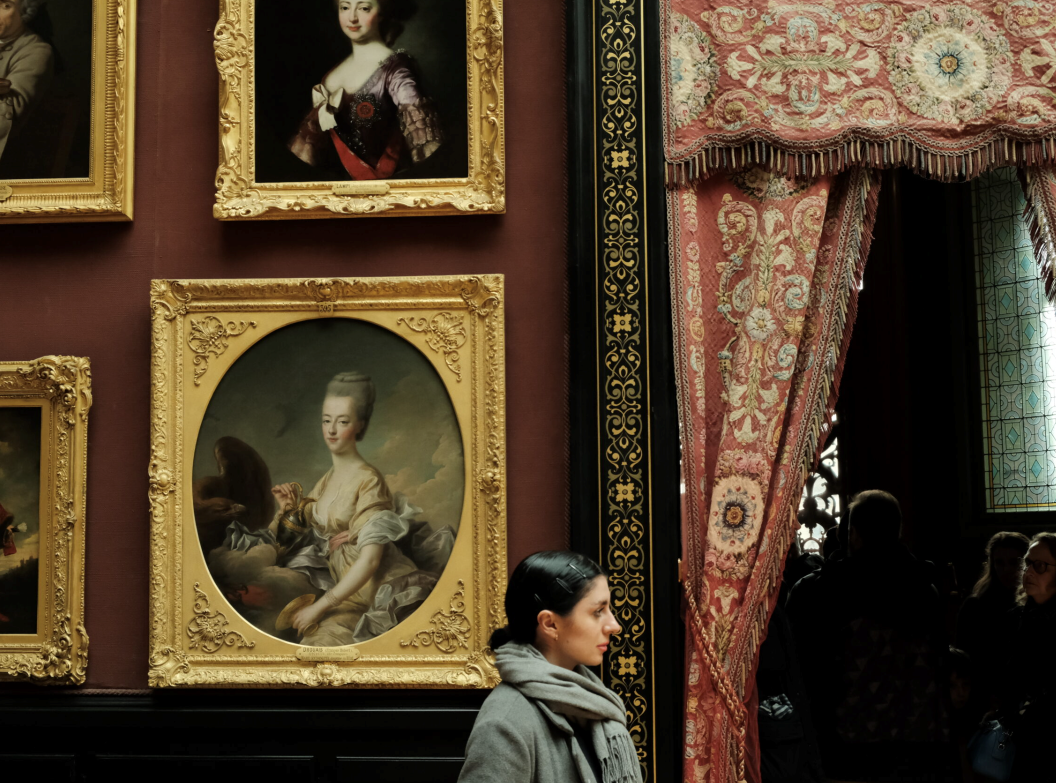
What practical advice would you give artists trying to strengthen how they speak or write about their practice?
It’s not just about typical writing or speaking skills. Artists should also learn how to feel self-assured and fluent as communicators of their own practice.
They can use moments when they’re fluid with language. Sitting down in front of a screen doesn’t work for everyone. Transcribe voice notes of friends talking about a day in the studio. Pull lines from a diary. Pluck phrases that resonate with their practice from books, articles, other arts writing, or even from what others have written or said about their work (I borrow so much language!).
Language is at its clearest and most engaging when it’s linked to our voice and minds, rather than being stiff or didactic. No one wants an artist to prove they’re eloquent, successful, and smart. Being personable is accessible: relax, pose something oppositional, be playful, don’t talk like a press release.
I’d also keep an eye out for writing and marketing workshops - in and out of the arts - and, honestly, everything they’ll ever need is on YouTube or Reddit.
Why do you think artists should invest in working with an arts communication specialist?
As an artist, if you don’t write, nothing happens. Grants, residencies, exhibitions, and most other opportunities are gatekept by arts communication. But artists aren’t an island. Building a support system, like having an arts comms person, means they can expand, rather than burn out.
I’m here for smaller steps, like advice or editing, or to take on the entire writing process. More than just typing info about art, I focus on making sure their work is seen and remembered in the cultural ecosystem, building relationships and opportunities that sustain their practice.
Artists are on a budget. I don’t want them to think it’s just a once-off expense - i.e., “pay for a text” – but a long game. Every time we work together, I get to know them better. I’ll evolve their messaging with them throughout their career. I have artists from Melbourne to Berlin who’ve reached out for years whenever they have a new application or PR question for a project I know well, or even just help changing a phrase in their artist statement.
How do you see the role of communication evolving in the arts over the next few years?
Everyone’s on ChatGPT, but readers - audiences, curators, grant jurors - are getting more discerning about AI-written content. Artists and gallerists relying on it will need to get back to DIY-ing it again soon. Sorry! I know writing can be a slog, but it’s good for your mind, and therefore, your art. Don’t let your skills go stale.
I want to see how we’ll continue to evolve with both digital and IRL storytelling of creative practice. What’s the role of the age-old printed catalogue? Is video content as hot as we say? How can we share art if we want to step away from ethically compromised social media platforms?
There’s a lot to watch and adapt to. I’d love for arts communicators, galleries and artists to rely less on algorithmic marketing and be more brave with out-of-the-box communication. Let’s experiment!
For artists or organisations looking to connect, what’s the best way to start working with Compass North?
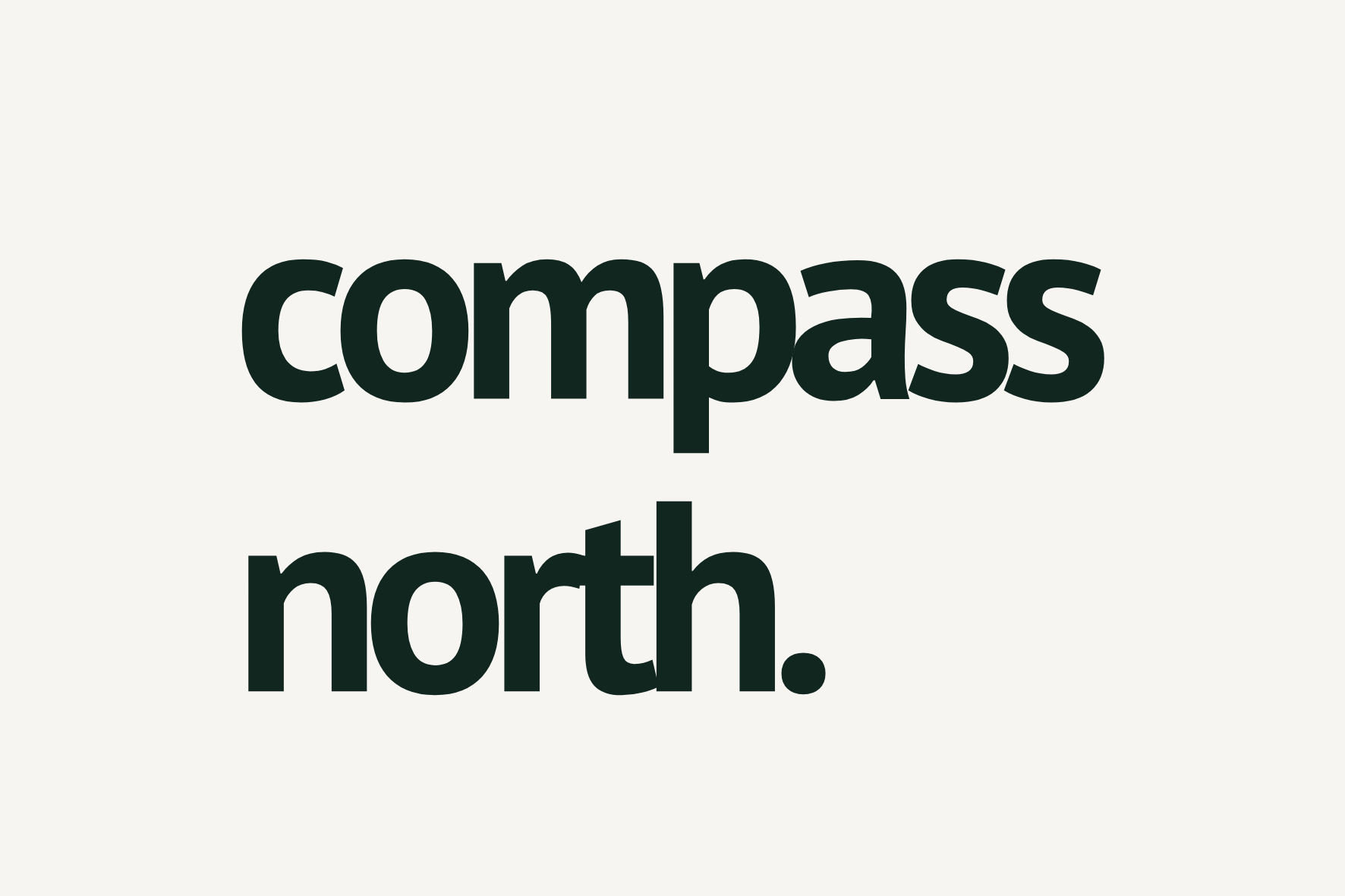
Reach out wherever you can find me:
Website / compassnorth.studio
Instagram / @compassnorth.studio
Email / [email protected]
I’m happy to call or email to get a sense of what you might like to work on now or in the future. I also have a newsletter/Substack to stay in touch more informally (and intellectually). I send out arts reading lists and blog-style texts once a month. It’s called Sticky Teeth!
Join Here:

Platform is an interview series by ArtSupport Australia, where founder Sophia D'Urso chats to great people doing important, innovative, and impactful work in the arts. From independent artists to cultural leaders and creative entrepreneurs, these conversations spotlight those shaping a stronger, more sustainable arts sector.

